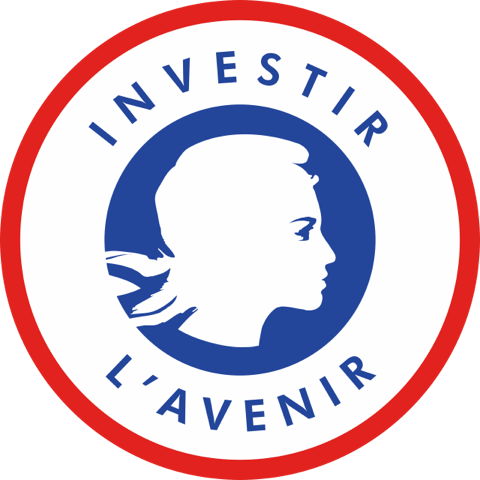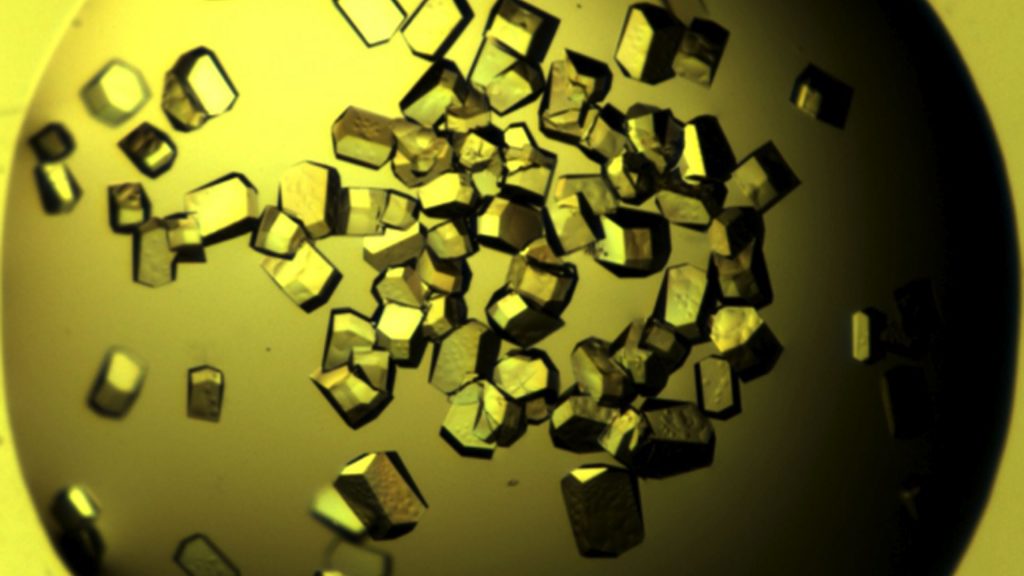Proteins are essential for the many processes that govern the life of a cell. They most often work within multiprotein complexes where their actions are regulated through networks of protein-protein interactions. Thus, they constitute a set of molecules whose social behavior is essential to the organization of living systems. Molecular chaperones are key players controlling the biogenesis of these macromolecular assemblies. Among these chaperones, the Hsp90 protein was first found associated with cell signaling proteins such as steroid nuclear receptors and tyrosine kinases. More recently, Hsp90 was involved in the assembly of numerous molecular machines such as RNA polymerases, ribonucleoproteins (RNPs) like the telomerase, or Phosphatidylinositol 3-kinase-related protein kinases (PIKKs) including mTOR. All these proteins depend on Hsp90 for their maturation or their assembly and are called Hsp90 client proteins. Many of these clients control functions involved in malignant transformation such as cell proliferation, immortalization, angiogenesis or apoptosis. Because the specific inhibition of the chaperone causes the degradation of these oncogenic clients by the proteasome, Hsp90 has attracted an unprecedented interest as a rational anticancer target with the potential to simultaneously abrogate the hallmark characteristics of cancer cells.
While the study of the mechanism of action of many molecular chaperones as much progressed in recent years, that of Hsp90 remains poorly understood. The maturation of client proteins is an ATP-dependent phenomenon. It is coupled with the nucleotide binding and hydrolysis and Hsp90 thus acts like a molecular clamp. The regulation of this ATPase cycle involves a set of partner proteins called cochaperones, making the Hsp90 chaperone a highly complex system (figure). Our team seeks to elucidate the molecular mechanisms of this chaperone machinery at the origin of client proteins maturation. We are particularly interested in understanding the role of cochaperones in the mechanism of client proteins recognition and assembly, together with the molecular basis of the coupling between ATPase activity, associated conformational changes and clients activation. For this purpose, we use a structural approach mixing protein crystallography with functional studies using the tools of the biochemistry, biophysics as well as molecular biology in the yeast model Saccharomyces cerevisiae.
This project will provide a thorough understanding, at the atomic scale, of the mechanisms at work during the assembly of multi-protein complexes by Hsp90. Given the importance of the Hsp90 chaperon and of its clients in many diseases including cancer, the three-dimensional structures that we propose to solve should have a strong impact on the development of new therapeutic approaches and the rational design of novel Hsp90 inhibitors is one of our major goals.
The Hsp90 chaperone cycle. Hsp90 is a dimeric protein composed of three domains. It forms a molecular clamp which conformation is governed by the binding and hydrolysis of ATP. The open Hsp90 form is associated with early cochaperones Tah1-Pih1 or Hop/Sti1 that allow the loading of client proteins. The Hsp90 closed conformation bound to ATP is associated with late cochaperones p23/Sba1 or Aha1 that control the ATPase activity and the release of client proteins.
Funding






